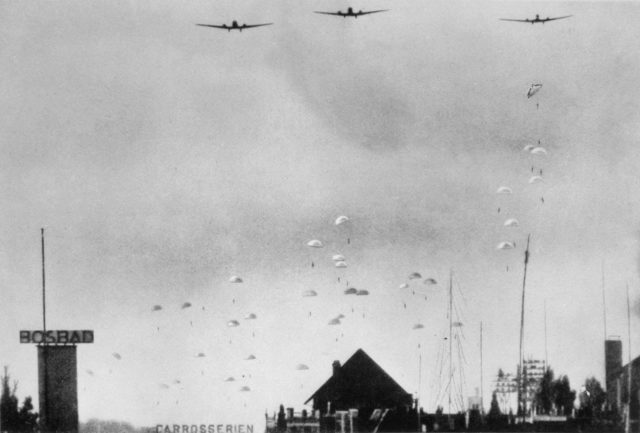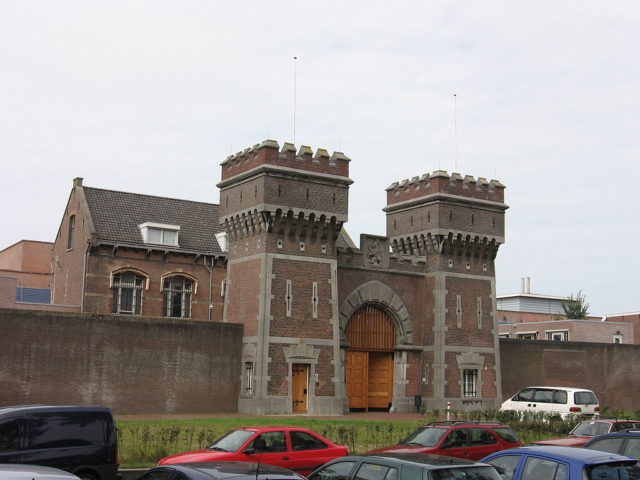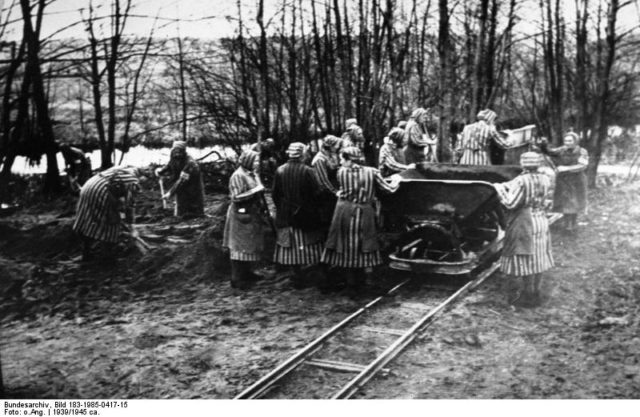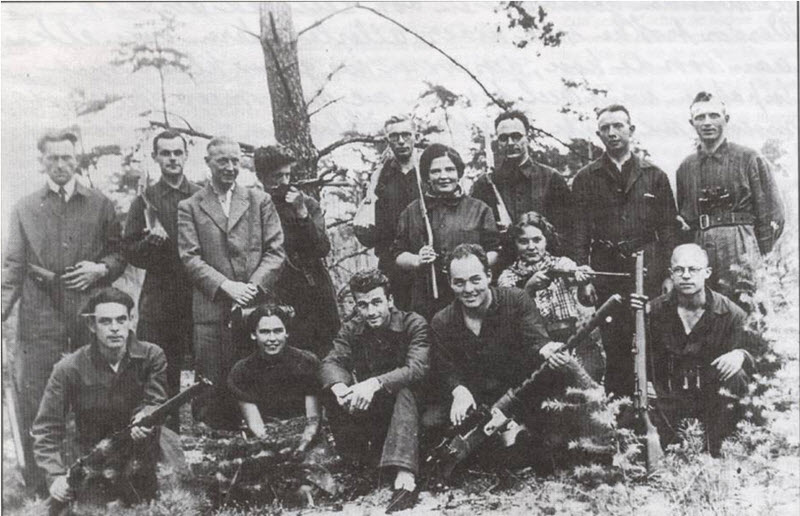During WWII, the Nazis chucked her, together with her entire family, into a concentration camp. After the war, and despite losing relatives, she set up rehabilitation centers for camp victims and even Nazi collaborators.
Cornelia “Corrie” Johanna Arnalda ten Boom was born on April 15, 1892, in Amsterdam, the Netherlands. She was the youngest of four children and named after her mother. Her father, Casper, was a watch repairman and jeweler. The family were Calvinists in the Dutch Reformed Church and sincerely believed that Jews were God’s chosen people.
They, therefore, had no qualms about moving to the neighboring city of Haarlem and into a house on Barteljorisstraat Street – the heart of the Jewish ghetto. Her brother, Willem, ran a nursing home for the elderly of all faiths – an unusual thing then.
After a failed romance, Cornelia decided to become a watchmaker in 1920. Two years later, she became the first Dutch woman to hold a watchmaker’s license. As she had a better business acumen than her father, he let her take over the financial side of their shop – located on the ground floor of their three-story home.
It was no surprise, therefore, that the family took in Jews fleeing Germany in the late 1930s. It was around then Cornelia set up a girl’s club to teach sewing, handicrafts, performing arts, and religion. It would not last.

Germany invaded in May 1940, and under the new regime, clubs like Cornelia’s were banned. Also banned was helping Jews, but the family’s religious convictions prevented them from turning a blind eye to what was happening. They did what they could to help feed Jews and those of the Dutch resistance.
During the first year of occupation, the Germans placed many restrictions on Jews (Dutch or otherwise) but were content to leave them be. That changed in the second year when they began deporting small groups. The Dutch reacted with the February Strike (a general strike) to protest not just the treatment of Jews, but also work conscription to Germany.
The Germans retaliated by sending many to jail or executing them outright. So now the gloves were off. By May 1942, Jews were ordered to wear the yellow Star of David badges. Members of the Catholic Church protested and were treated the same way as the strikers. Now the gloves were really off.
Harsher measures were imposed on the general populace, forcing many Dutch to collaborate. Concentrations camps were built on Dutch soil, and the Jewish expulsions began. For the ten Boom family, things came to a head when they received an unexpected visit, in May 1942.
It was from a well-dressed, Jewish woman. Several months before, her husband had been arrested, and her son had gone into hiding. She had recently been visited by the authorities and was now afraid. Was it really true that the ten Booms helped Jews like her? She had a suitcase in hand, so it was clear that she was not just looking for food. The family welcomed her into their home.

Germany invaded in May 1940, and under the new regime, clubs like Cornelia’s were banned. Also banned was helping Jews, but the family’s religious convictions prevented them from turning a blind eye to what was happening. They did what they could to help feed Jews and those of the Dutch resistance.
During the first year of occupation, the Germans placed many restrictions on Jews (Dutch or otherwise) but were content to leave them be. That changed in the second year when they began deporting small groups. The Dutch reacted with the February Strike (a general strike) to protest not just the treatment of Jews, but also work conscription to Germany.
The Germans retaliated by sending many to jail or executing them outright. So now the gloves were off. By May 1942, Jews were ordered to wear the yellow Star of David badges. Members of the Catholic Church protested and were treated the same way as the strikers. Now the gloves were really off.
Harsher measures were imposed on the general populace, forcing many Dutch to collaborate. Concentrations camps were built on Dutch soil, and the Jewish expulsions began. For the ten Boom family, things came to a head when they received an unexpected visit, in May 1942.
It was from a well-dressed, Jewish woman. Several months before, her husband had been arrested, and her son had gone into hiding. She had recently been visited by the authorities and was now afraid. Was it really true that the ten Booms helped Jews like her? She had a suitcase in hand, so it was clear that she was not just looking for food. The family welcomed her into their home.
Although Christian, their house underwent regular inspections by the authorities on the lookout for contraband (such as radios) and fugitives (Jewish or otherwise).
Thus the de schuilplaats, “the hiding place,” was born. They called it the de Béjé (pronounced beyey) – an abbreviation of their street’s name.
It was a tiny brick room built in Cornelia’s bedroom, complete with a crude ventilation system. It could hold six to seven people standing up. To hide it, they built her closet against it.
The brick gave the impression of a solid wall behind the closet. To get in, people had to climb into a trap door cut into the floor, then crawl into the bricked-off space and stand up.
An alarm system was set up in the foyer. Once pressed, it buzzed the upstairs rooms. Drills were created so those upstairs could enter the hiding place within one minute of hearing it.
They could not stay there long, so the ten Booms joined up with the Dutch Resistance who found safe houses for them throughout the city. There was still a matter of food.
To buy food, all residents had to have ration cards which were not given to Jews. Cornelia visited a friend who handled the precious cards for the government. When he asked her how many she needed, she was about to say “five,” but changed her mind.

On impulse, she instead said, “a hundred.” Without hesitation, he handed them over and told her to come back for more if she needed them. That was how she fed not only those who took shelter in the de Béjé, but also other Jews she met. Until 1944, that is.
On February 28, the ten Booms were betrayed. At about 12:30 PM, the entire family and their employees were arrested and sent to the Scheveningen prison. Under questioning, they kept quiet about the six people still hiding in their de Béjé. Those would stay where they were for several more days until the Resistance took them away.
Casper died within ten days of his imprisonment. His daughters, Cornelia and Betsie, were then sent to the Ravensbrück concentration camp in Germany. To Cornelia’s surprise, she was not searched thoroughly, which was how she managed to hold onto her small Bible – also forbidden.

Whenever she could, she would read passages to the others, but not everyone understood Dutch as they came from all parts of Europe. Those who could understand her would translate it for the others, and a relay system began. As they all knew common prayers, Cornelia presided over multi-lingual prayer services.
Betsie died on December 16, 1944, but Cornelia kept up her Bible and worship services. Many survivors later claimed it was what kept them sane.
After the war, she returned to the Netherlands and set up a rehabilitation center for both camp survivors, as well as former Nazi collaborators. She later traveled the world as a preacher and wrote several books, including “The Hiding Place,” released in 1971 and later turned into a movie.
